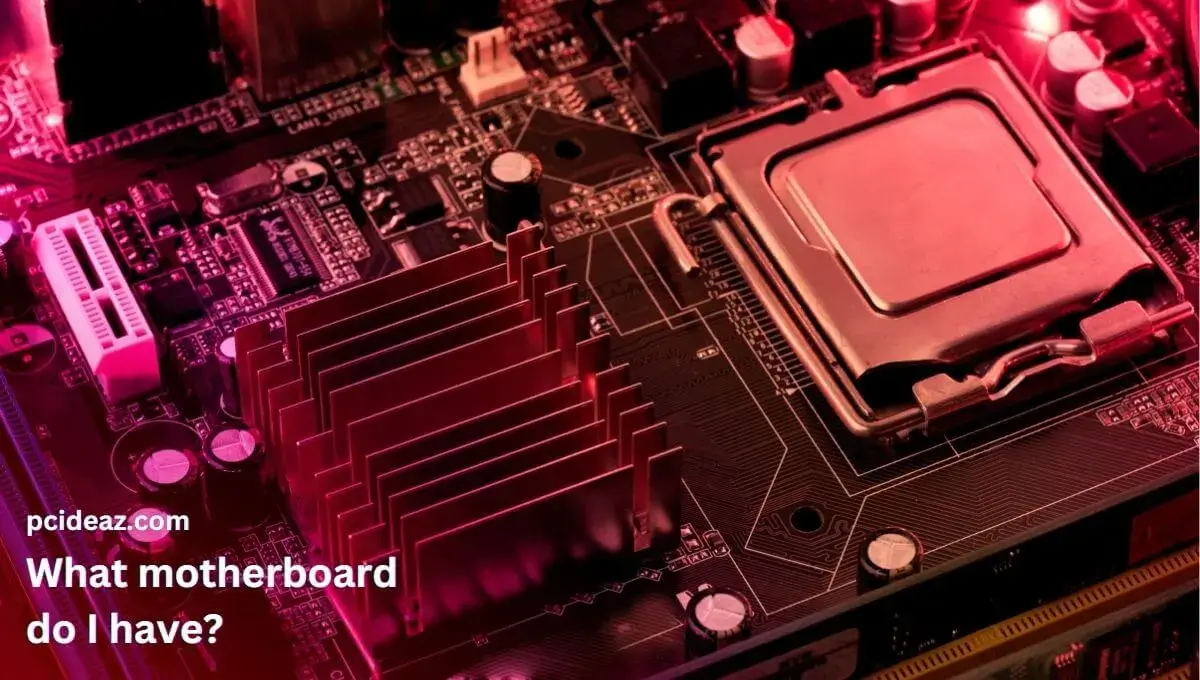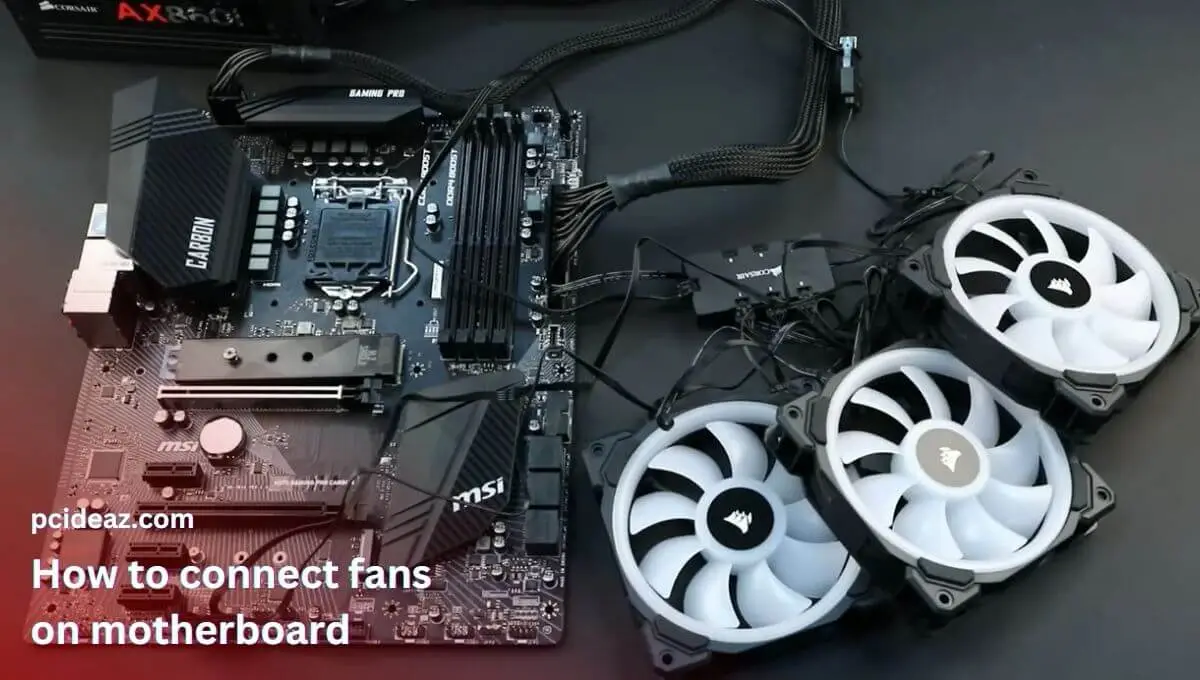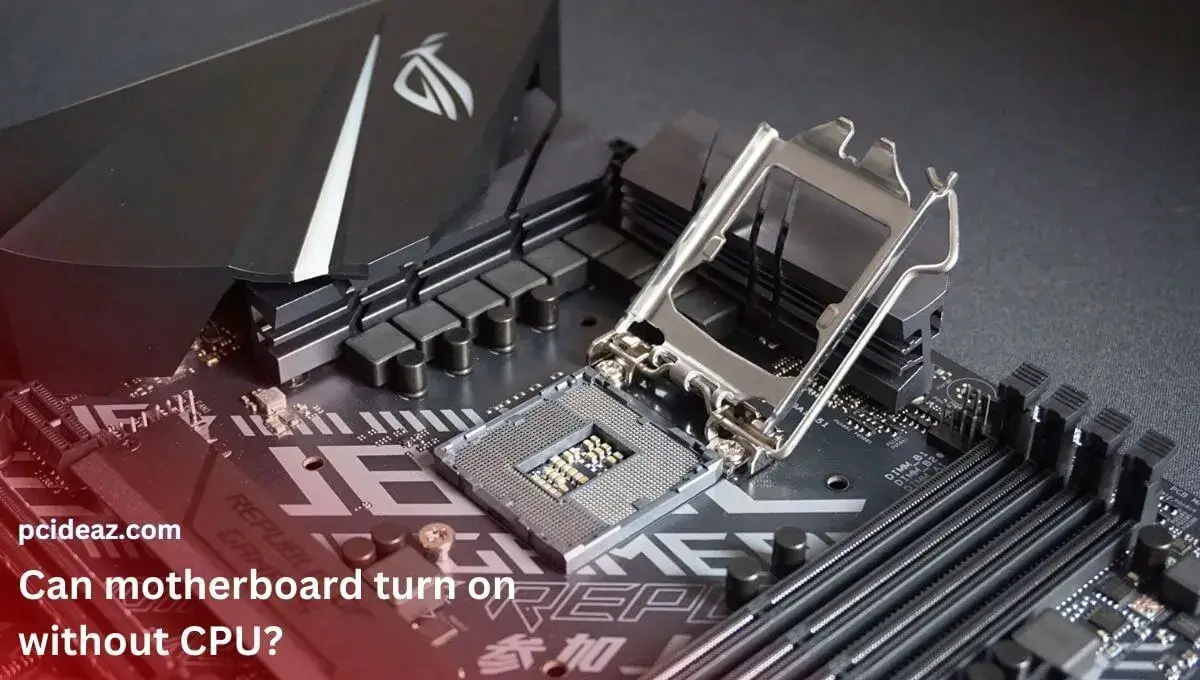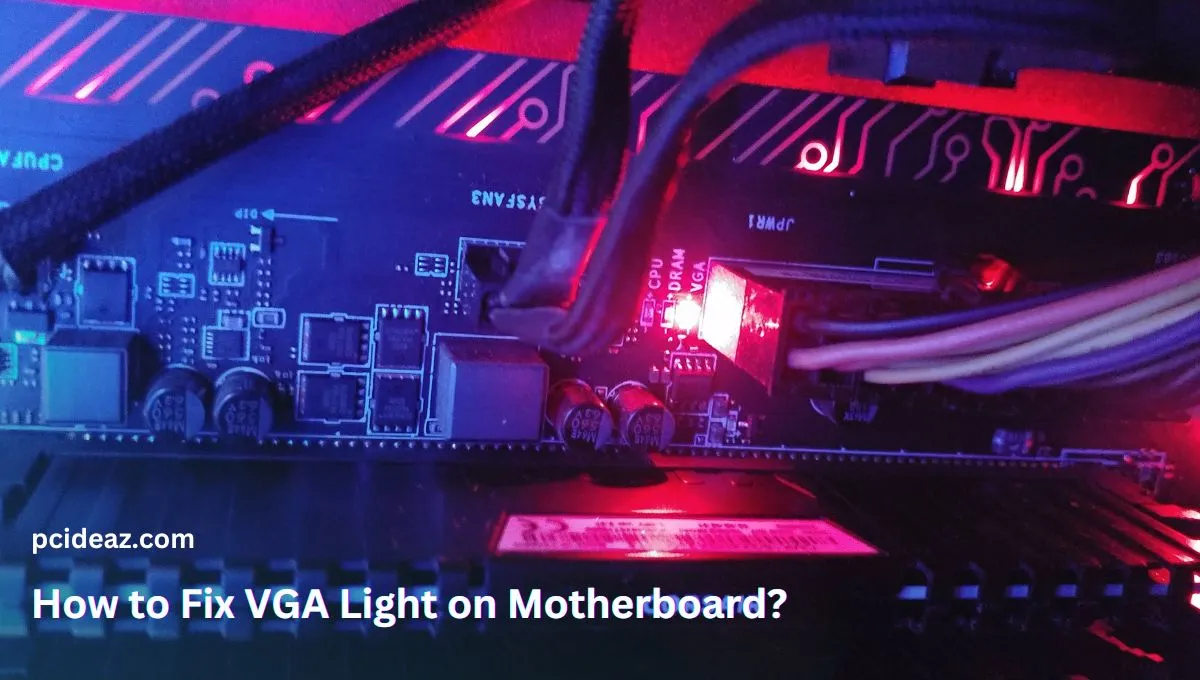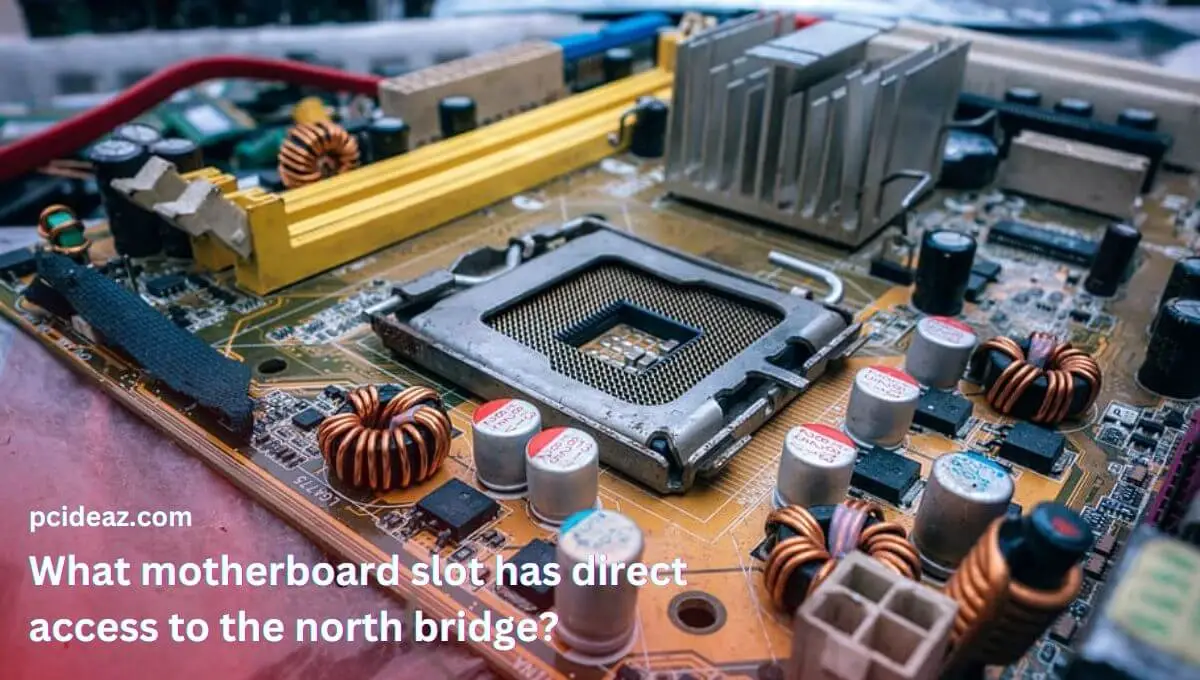A motherboard, commonly referred to as the main board, is the core hub of the computer’s circuitry, enabling connectivity between all the parts and peripherals. Additionally, it enables all components, including the hard drive, graphics card, CPU, and memory, to get electricity from the connected power supply. A motherboard often includes many connections for attaching other components, including USB and audio connectors, and is secured in place with screws.
When you need to verify the motherboard model, things are only sometimes as simple to recognize as computer components, which are easy to identify in your system summary. But the steps may differ depending on your motherboard and operating system when finding what motherboard I have. But fortunately, it’s still simple enough for beginners to understand. We’ve added the simplest methods for Windows, Mac, and Linux to find the board’s details. Let’s discover!
What motherboard do I have?
Knowing your PC’s motherboard details is essential when testing your hardware or updating some drivers. But finding these may be a bit tricky for beginners or those who haven’t done something like this before. Remember, the About your PC summary does not include motherboard information. Therefore, we’ve created thorough instructions for seeing your motherboard information using several techniques. Here are all the methods to get the job done on all the operating systems.
Here are the good techniques to find out the methods.
-
Visually check the motherboard: the first method to check the motherboard is by visually checking the model number, series, chipset, etc., from the motherboard.
-
Checking motherboard on Windows: Run the Command Prompt in Windows or look at the System Information. You might also utilize third-party applications.
-
Checking motherboard on Mac: Copy the serial number from your Mac and submit it on the Unique serial identifier website.
-
Checking motherboard on Linux: Read it through the HardInfo system information utility. Each method’s corresponding section in the above table has specific instructions on how to use it.
Let’s explore each technique in detail!
1. Visually checking motherboard
The first and most obvious way to check all the details about your motherboard is by visually analyzing it. In this method, you’ll need to open up your computer and disassemble some components to peek at the component to check it visually. Note the model number, which is silkscreened on almost all contemporary motherboards. Once that is done, move towards checking the manufacturer and model number. The physical component will display the motherboard’s manufacturer and model number.
| Pros |
|---|
| - Applicable even when the computer is even dead |
| - Easy to apply |
| - Even some beginners can find motherboard details using this method |
| Cons |
|---|
| - Need PC to be disassembled |
| - Time taking |
2. Checking motherboard on Windows
On Windows, you may access your motherboard information in several different methods. But we’ll walk over two ways with you, beginning with the simplest and quickest choice. Let’s explore both in no time!
Method 1: Using the Command Prompt
This is the ideal course of action since it will instantly provide you with all the information you want. Just take the following actions, and you’ll be set to go:
-
Step 1: Click on the Windows search key in the left-bottom corner or press the Windows logo from the keyboard.
-
Step 2: Type “cmd" to access the Command Prompt > press the Enter key from the keyboard to launch the Command Prompt.
-
Step 3: In the Command Prompt, type the following phrase: “wmic baseboard get product, manufacturer, version, serialnumber”.
Note: The Command Prompt will display the motherboard’s model name and manufacturer.
- Step 4: Copy all motherboard details to the clipboard or note it down on paper and use it as you wish.
Method 2: Using system information
Another way to find out the motherboard details in Windows is by using the system information section. This method is even easier than the Command Prompt but doesn’t apply to all Windows desktops and motherboards. But if it does apply to your PC, you must try it. The whole procedure is included as follows:
-
Step 1: Press the Windows key + R from the keyboard to open the Run window.
-
Step 2: Type “msinfo32” > click OK or press Enter from the keyboard.
Note: this will open the Windows System Information section. You can find everything about your computer here, including its model, processor, RAM, storage, motherboard details, etc. If not, try the first method.
- Step 3: Find the motherboard’s information mentioned next to the Baseboard Manufacturer, BaseBoard Product, and BaseBoard Version > note it on some page or copy it to the clipboard.
3. Checking motherboard on Mac
Finding the maker and model number of your motherboard on macOS laptops or computers is a bit complex. There is a solution, nevertheless, that will enable the task to be completed. Finding your Mac’s serial number and inputting it on a specific website are required steps in the procedure. The easiest way to locate your motherboard’s information is to follow the instructions below.
-
Step 1: Click the Apple icon in the top-left corner > go to the About This Mac option.
-
Step 2: Locate the device’s serial number > copy it to the clipboard.
-
Step 3: Visit ChipMunk > enter the serial number > get motherboard details.
4. Checking motherboard on Linux
On Linux, locating your motherboard’s specifications is an effortless task. The steps listed below will help you quickly finish the search. The steps are included as follows:
-
Step 1: Press Ctrl + Alt + T from the keyboard to access the Terminal app.
-
Step 2: Type “sudo dmidecode -t 2” > press Enter from the keyboard.
-
Step 3: Check the motherboard details from the window like brand, model, serial number, etc.
Conclusion
It might be challenging to recognize the motherboard in your computer, but the process is simple. Some producers show the motherboard’s name rather than the model number, but few offer every bit of information about their masterpiece. To make things easy, we have added two methods for Windows, one for macOS and one for Linux computers. I’m sure you know what operating system you’re currently using. Check the consecutive methods in the article and find everything you want to know about your motherboard.
